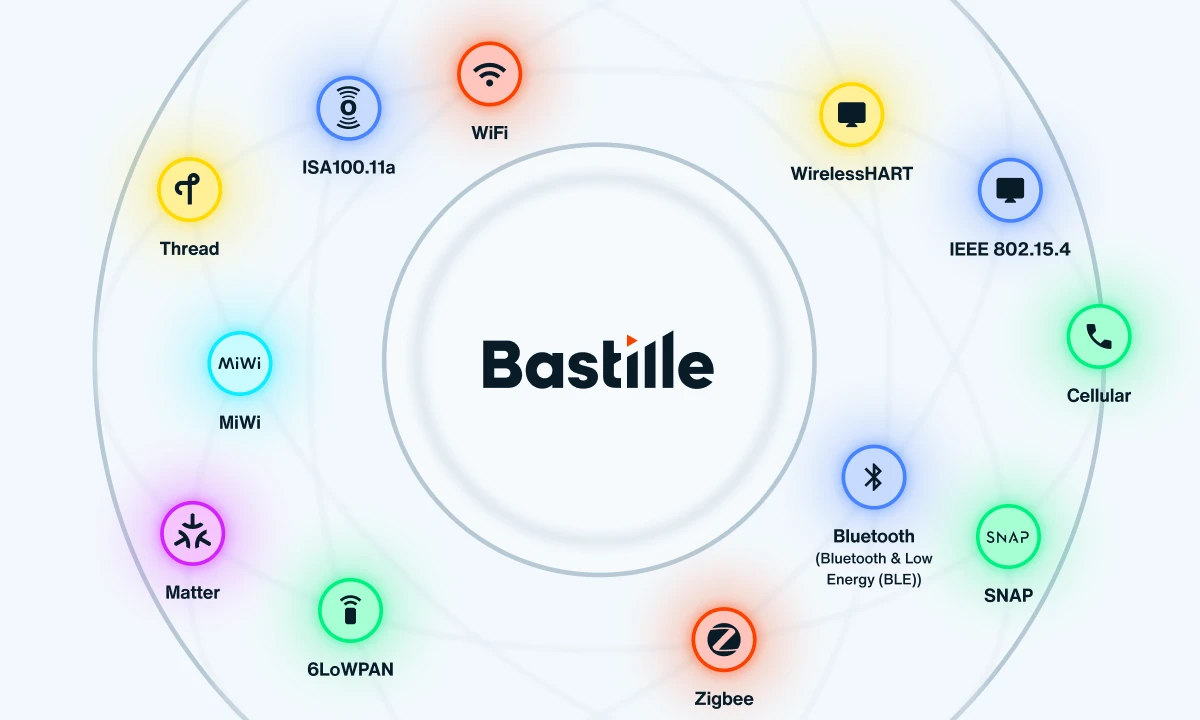We’re taught to be cautious online… to use multiple passwords, to not share our social security numbers, and to be wary where we use our credit cards. And as we protect ourselves, we trust that the websites we use will have strong security in place to protect us as well. With major hacks occurring almost daily, we expect companies to be prepared. We also expect the devices we use to connect to the Internet to be safe and secure, but a new discovery by the Bastille research team finds that this, unfortunately, is not the case.
Bastille has uncovered a new vulnerability in wireless keyboards that allows hackers to see every keystroke we type: every letter, number, space, caps lock key, and so forth. Dubbed KeySniffer, this vulnerability leaves millions susceptible to being hacked.
Affected manufactures include Hewlett-Packard, Toshiba, Kensington, Insignia, Radio Shack, Anker, General Electric, and EagleTec. Unfortunately, most–if not all–of these keyboards cannot be upgraded or fixed. They must simply be thrown out and replaced.
When conducting a KeySniffer attack, hackers are able to detect and access affected keyboards as far as 250 feet away. Whether you are at a coffee shop, the office, or in your own home, hackers in close proximity can watch everything you type in clear text. This means when you are logging into Facebook, checking your bank account, shopping online, or answering security questions, someone could be watching your every move.
With millions of these affected keyboards currently in use in homes and businesses alike, everyone from consumers, professionals, and government officials must recognize this threat and act immediately to protect against becoming a KeySniffer victim.
For more information on KeySniffer and to find out if your wireless keyboard is at risk, visit www.keysniffer.net.




